Ways In Which Technology Aids Wildlife Conservation
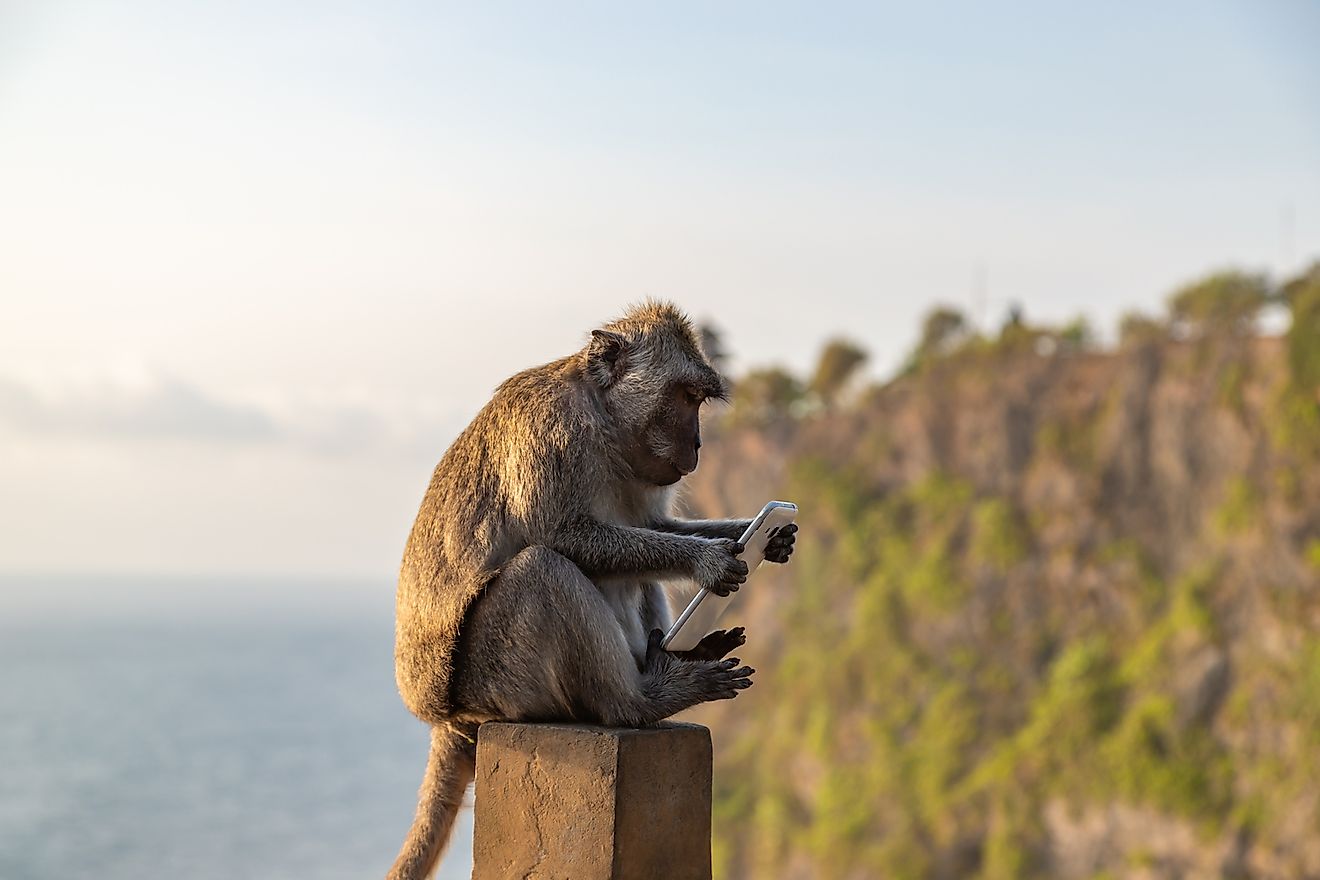
- Technology has helped protect wildlife through the use of crowd-sourcing data sites, digital mapping, drones, and other technologies.
- Novel fingerprinting techniques are attempting to lift evidence of poaching from animals like pangolins, brought to market.
- Camera traps and hidden cameras are helping to track the habits of animals, as well as poachers in the wild.
Technology adds a lot to our lives. For many people in developed countries, gone are the days of saving your money to make that important long distance phone call. Not only can we now call each other for free with the right smartphone app, but we can see each other’s faces over thousands of miles in real time as we chat over video connections. Technology saves lives, gives people new hearing and eye sight, allows us to earn a living from home, and to actually start the laundry before ever leaving the office.
Apart from bettering the lives of humans, technology is also doing its part to help animals and the environment. Here are ten forms of technology that are helping to protect wildlife.
10. Camera Traps
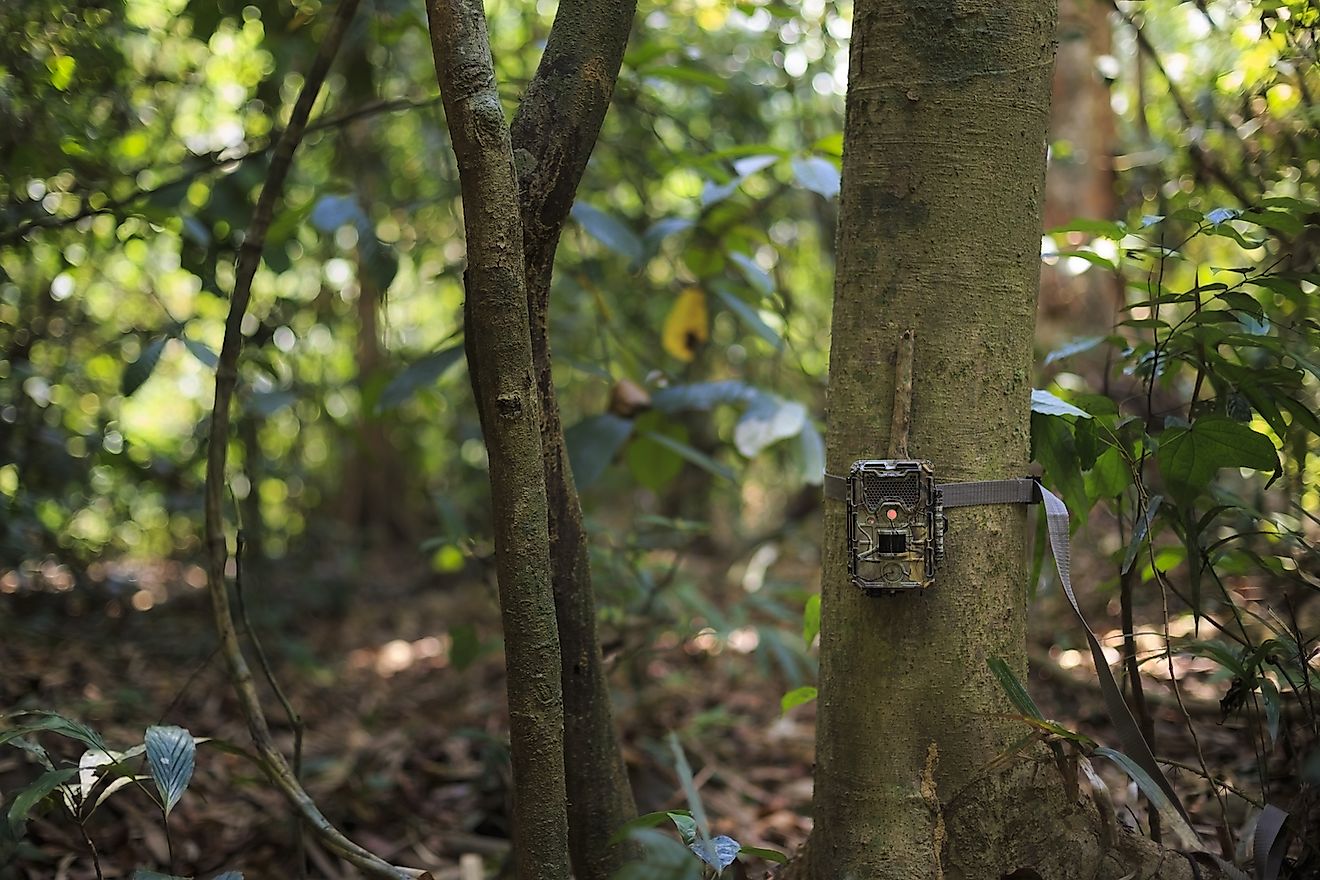
Have you ever wondered how National Geographic gets that amazing close-up footage of ferocious animals like tigers? The camera person is not just ultra-brave. It is done using a camera trap. These cameras take photos or video when a sensor is triggered by something moving in front of it, ie, a polar bear.
Sometimes camera traps are placed in nature for months on end. Eventually, videographers catch the footage they want.
One way this has helped wildlife is by being able to monitor animals with certain diseases. Cameras that are activated by heat energy have been places in caves to monitor hibernating bats. This is enabling researchers to better understand why some bats develop white-nose syndrome, something that causes them to wake up during hibernation. The bats then burn more fat to stay alive, and risk dying in winter.
Researchers are now learning how this could be prevented.
9. Bioacoustic Monitoring Devices
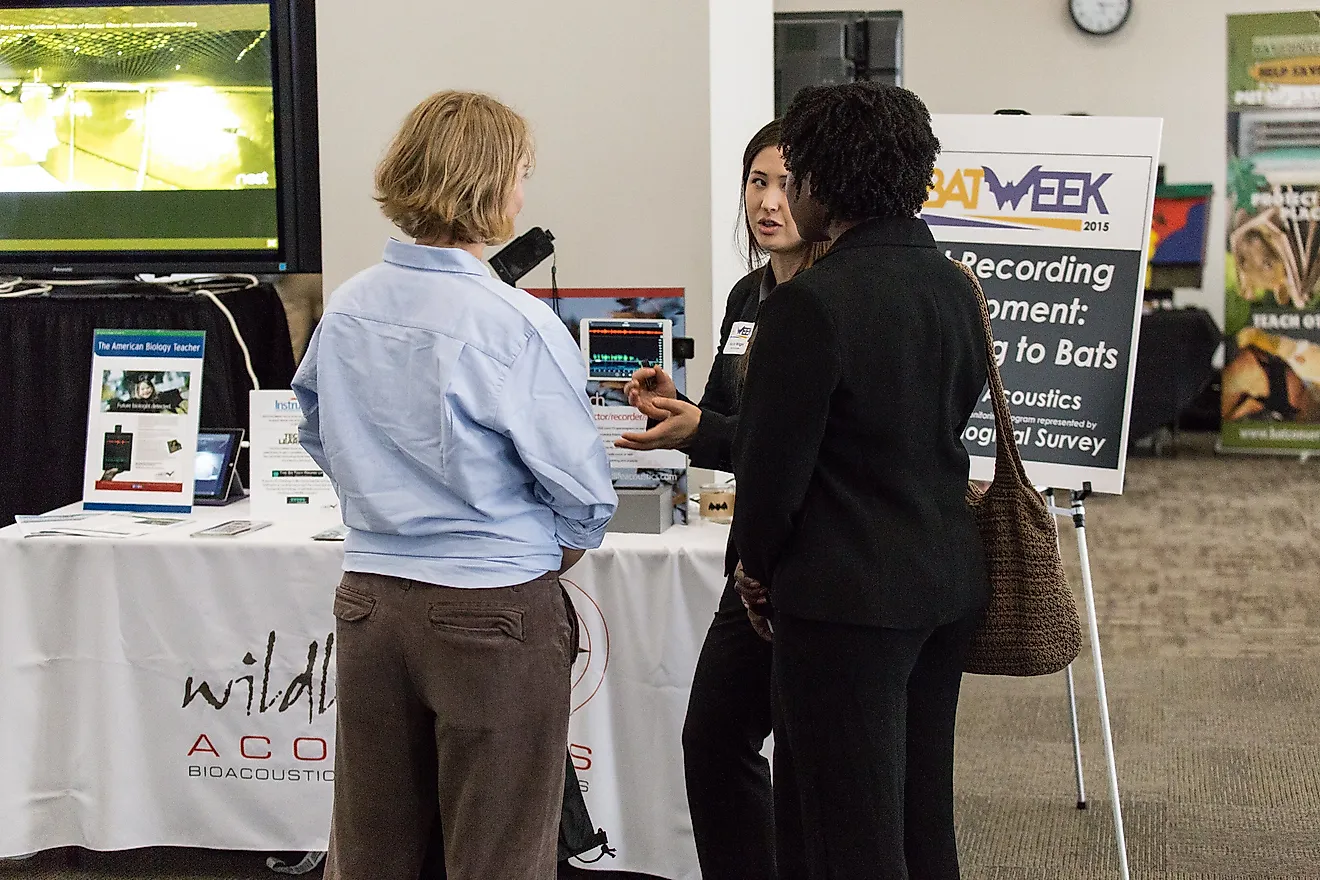
Technology allows animals’ movements to be followed and also their sounds. Scientists are using acoustic sensors to learn more about how certain species live in their environments.
In Mexico, for example, acoustic sensors are being used to monitor vaquitas, which are endangered whales. Passive acoustic monitoring devices have been set up at vaquita spawning spots, in order to measure how many are being born. By learning more about how these creatures live in the Gulf of California, scientists can do more to protect them.
8. Portable DNA Sequencer
Biologists no longer have to write things down on paper in the field. They do not have to wait to get back to the lab in order to analyze their findings, either.
When it comes to analyzing the DNA of an animal or a plant, it can now be done in the field with a portable field lab named GENE. With it, researchers can extract, and sequence DNA. This allows researchers to get feedback instantly, and search for rare species. With new knowledge, biologists can better understand environments faster, which leads to more successful conservation efforts.
7. Mobile Apps to Collect Data
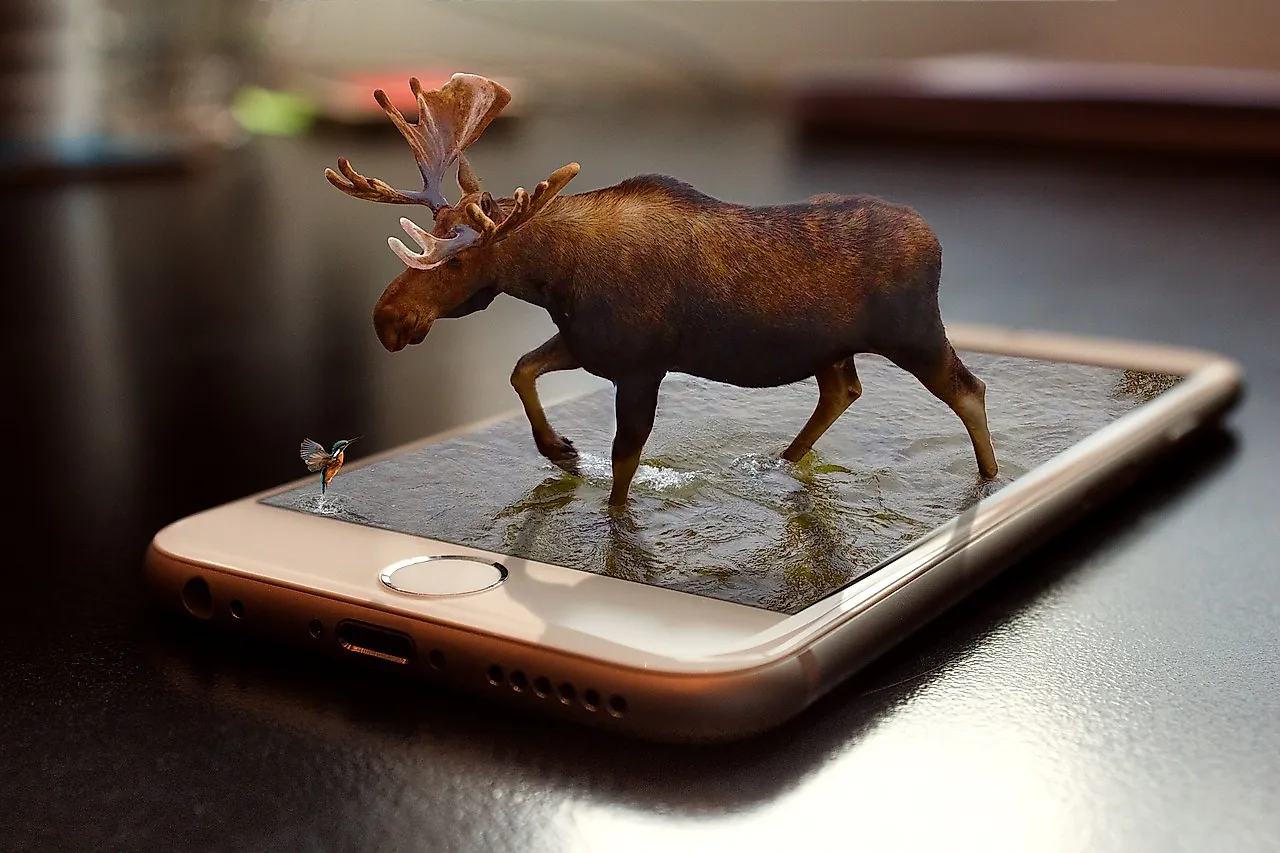
When it comes to protecting wildlife, the more data available, the better. Mobile apps like India’s M-STrIPES app allow users to use their smartphone to collect data on the spot. This is allowing field patrols to collect data on tigers and their prey in many locations. The data is sent to a central server, allowing officials in many areas to work together in trying to keep track of how many tigers there are left in the wild in India.
6. Drones
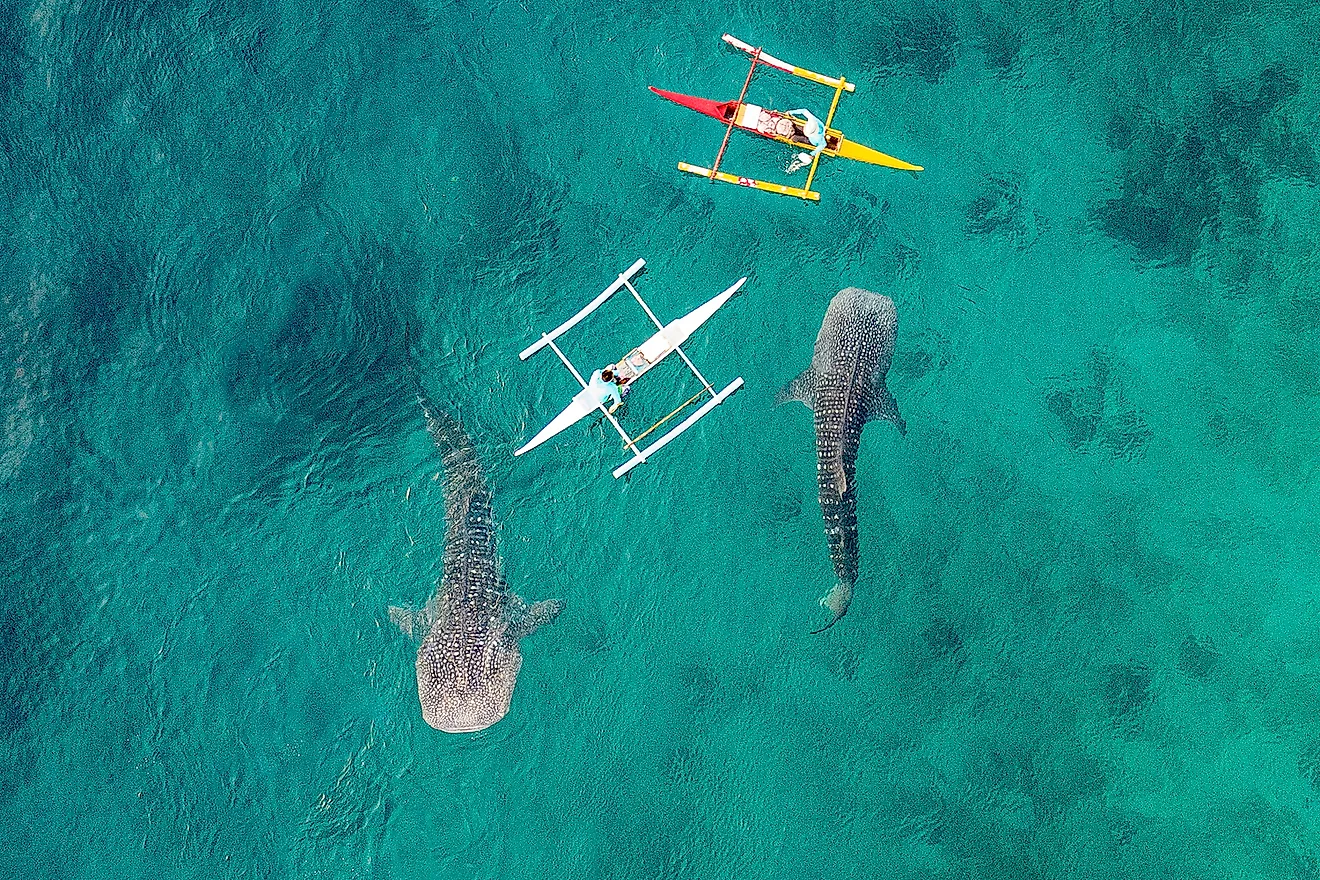
Drones are fun to fly on a sunny Saturday afternoon. They are also great at helping people count everything from trees to rocks, cars and bushes. Drones, or unmanned aerial vehicles (UAVs) can photograph landscapes, and provide researchers with aerial images. These can be used to analyze habitats and ecosystems in ways that were not so easy and quick to do before. This data can provide insights into what needs protecting in a given landscape, at a cheap cost.
5. Crowdsourcing Data Collection
Open-access data and maps available online to the public on sharing platforms are also contributing to protecting wildlife. With these technologies, anyone can observe large-scale changes that can may be perceived in a landscape over time.
An example of this is Map 4 Environment which stores spatial data sets. This site allows non-experts to share data and make maps online. This is helping to track deforestation in Cacao-producing areas of Ghana, and tree losses in the Cerrado Biome, to name just a few projects. With many minds working at once, the Earth’s environmental problems can be tackled.
4. Fingerprinting Techniques

Catching poachers is a large part of wildlife protection in some parts of the world. Researchers at the University of Portsmouth are now using small sheets coated with gelatin called “gel lifters” to remove fingerprints from pangolin scales. This could help track down those who are killing this endangered species.
(Yes, pangolins are those weird creatures full of keratin that some people think have magical powers but do not.
3. Digital Scheduling
It is easiest to catch a poacher in the act- or deter them from trying to poach- if they do not know when to expect the wildlife police to show up. A digital tracking platform called SMART developed at the University of Southern California is helping to create randomized work schedules for rangers. The technology is also helping rangers to identify snares and traps in the bush, and to remove them before they cause any harm.
2. Hidden Cameras
A type of tiny camera is being used to catch poachers in the act. The Trailguard AI camera from non-profit Resolve is the size of a pencil, and can be attached to a tree. It has batteries that last up to 1.5 years in the field. It can also transmit data through mobile networks or satellites to catch poachers.
1. Plastic Clean Up

Sometimes it just takes a little cleaning to solve a problem. Plastic in our oceans is a major problem that is causing fish and other sea creatures to die. Whales, sharks, and other animals are eating plastic bottles and other trash thinking it is food. This causes them to starve.
A group called The Ocean Cleanup developed a large arm that passively collects plastic using the ocean’s currents. It is a 2,000 foot long pipe itself made of plastic connected to slings that descend into the water. Bit by bit the organization is cleaning up the Great Pacific Garbage Patch. They are also inventing additional devices to gather more plastic as time goes on.











